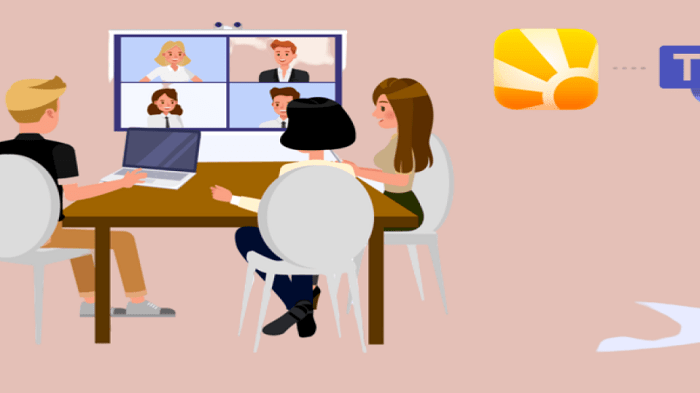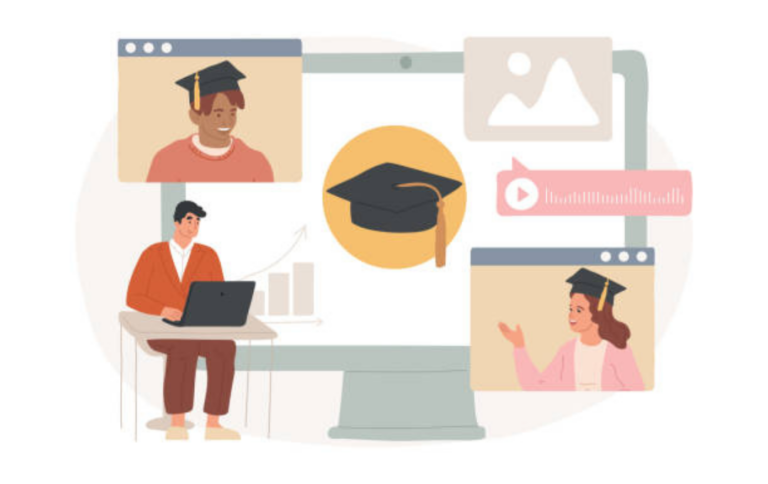6 Strategies to Create an Interactive Training Program

You would assume that offering online training instead of instructor-led training would be more successful. That’s a myth, to be sure.
It won’t be very useful to simply provide training decks on computers, laptops, or even on the phone; interactive training is far more beneficial. The lengthy lines of stagnant text and graphics are all the same.
Let’s first examine the advantages of interactive online training for staff members.
1. It keeps students interested
2. Maintain their attention on the course module
3. Aids in greater content memorization
4. Use immediate reports to monitor and comprehend progress.
5. Encourages them to carry on and finish the training program
Here is how SeekLMS may create an interactive training course for retail staff members.
1. Produce Video Material
Every day, a remarkable amount of videos are watched by individuals all over the world as a result of the widespread adoption of smartphones.
The typical mobile viewing session lasts more than 40 minutes, and there are 1,000,000,000 mobile video views each day on average. It demonstrates that viewing videos never gets boring.
Your store staff surely belongs to the generation that watches videos. Video-based retail training is therefore a good way to keep learners interested and aid in their retention of important knowledge.
Effective narration should accompany video information to improve viewer retention.
2. Produce Audio Documents
Most young people can be seen utilizing earbuds or headphones while carrying out routine duties. By giving them high-quality audio files of the training materials, you may take advantage of this tendency.
In this approach, the employee can listen to the audio learning materials to stay current and finish their training programs while they are busy stacking products, organizing shelves, or possibly traveling.
However, audio shouldn’t be the only tool used for learning forms. It ought to be an additional tool that staff members can use as needed.
3. Make Use of Virtual Reality
When you aim the camera on your smartphone towards a particular image or item, an improved digital representation of it is displayed on the screen in augmented reality.
Allowing employees to point their devices towards products, which would subsequently display product descriptions and specifications, is one way to integrate augmented reality in retail training programs.
4. Present Situations for Branching
The learner decides the line of action that will lead to the desired outcome in a branching scenario. Employees are given a hypothetical scenario and options to choose from in order to decide what they would do.
The learning route offers additional alternatives at each stage, depending on the options the employee selects. Every option results in a different path and one of many potential outcomes.
5. Interactive Evaluations
When each person in the formation responds in some way, there is interaction. In this instance, a learner is interacting with what is probably a smartphone.
It turns into an interactive experience for the employee when the training includes prompts and elements that encourage participation. As a result, an interaction occurs whenever an employee clicks a button, plays an audio file, etc.
6. Gamify Content
Employee training now frequently incorporates game-based learning. This includes leveraging game mechanics like levels and achievement points to encourage learners.
The use of gamification encourages employees to earn more points at the following level of the learning program by acting as a trigger.
By finishing each module within the allotted time, finishing a problem within the allotted period, or getting high marks on online tests. Timers and point systems interact with the plot to engage the audience.
Conclusion
The employees that interact with consumers in a store the most are those who are not tethered to a desk.
It’s unrealistic to expect them to read through training materials that appear to be brand-new.
Because retail workers are always in demand in the field, they want training materials that they can access and read on the go at any time.






